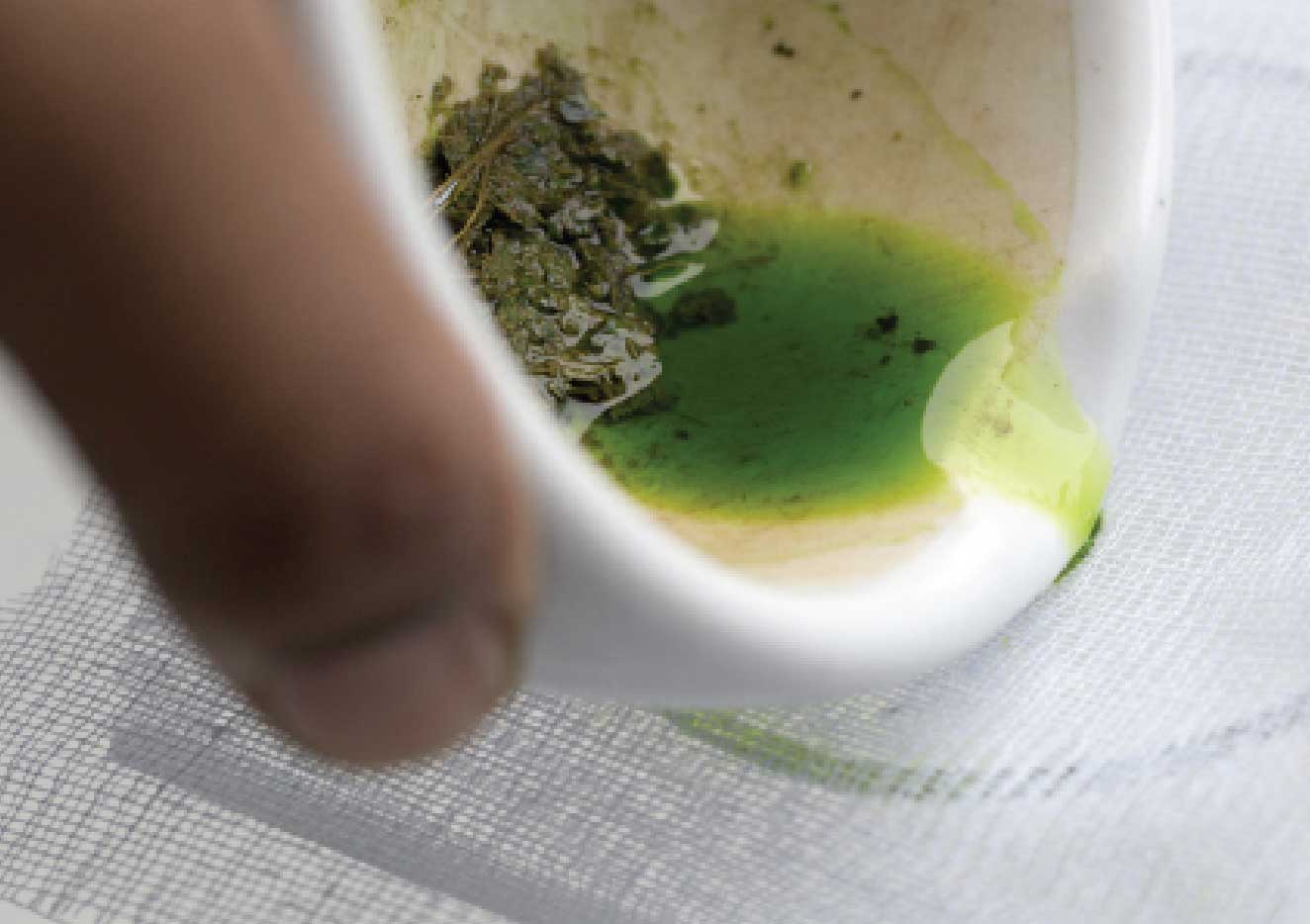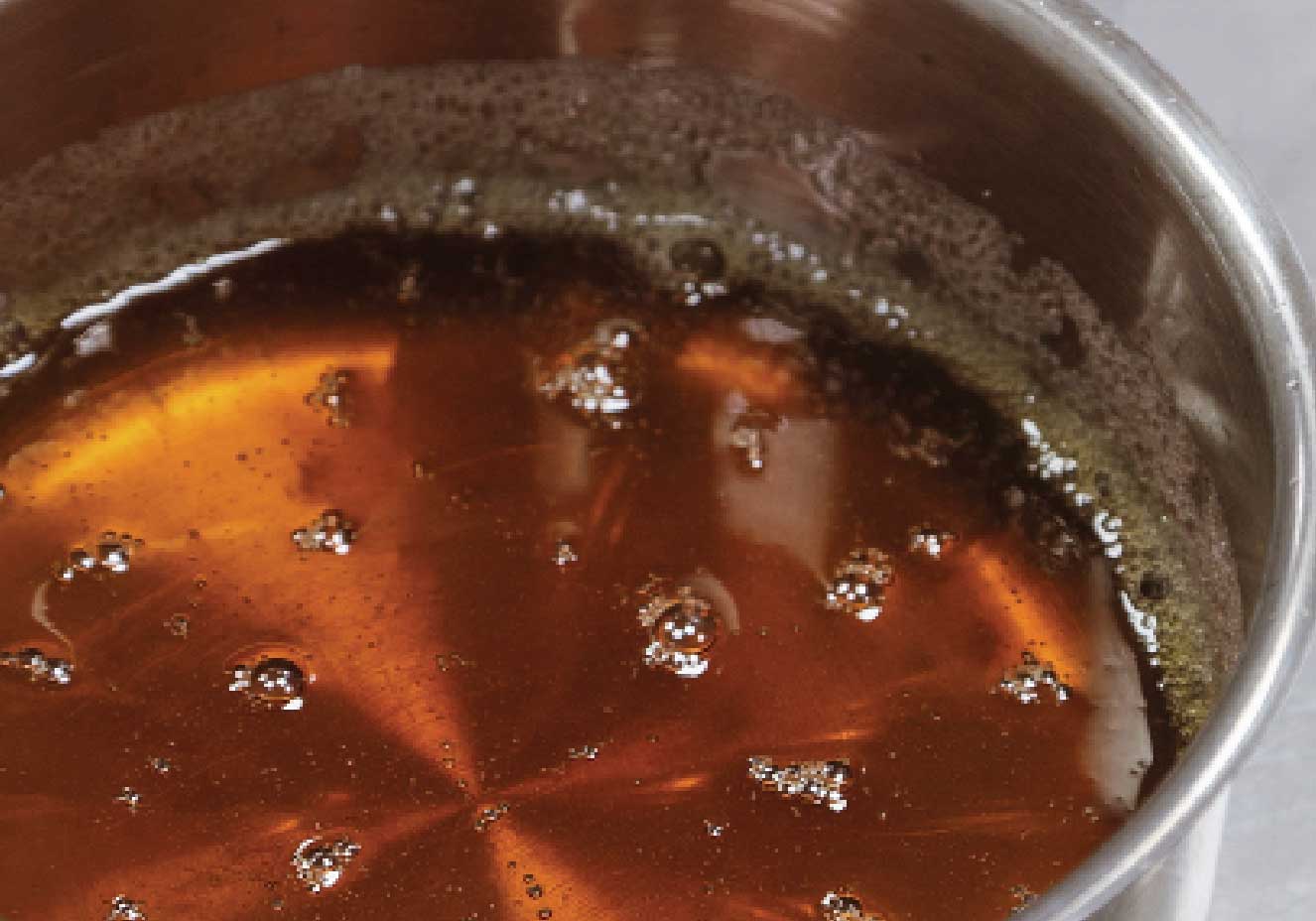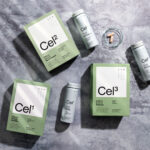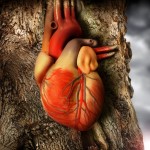
Food colourings can be made from plants, animals or synthetically.
As additives they are given identifying numbers, known as ‘E’ numbers in Europe; in Australia we use the same list but omit the ‘E’. Colourings all have numbers between 100 and 199.
An example of plant colouring is ‘162’, a ‘beet red’ that comes from beetroot, used in sauces and sweets.
‘120’ is an animal product: a red colouring made from crushing the shells of insects (picture above) which live on cacti in Central and South America. This ‘cochineal’ colours sausages, lipsticks, and even the drink Campari.
Among synthetic colours is E 131, a blue colouring for candy originally based on tar. It can also be used in cheese, as the blue absorbs yellow light, making the cheese white. But E 131 is banned in Australian food.

‘140’ is green chlorophyll, as is responsible for photosynthesis in plants.
As a colour it is commonly extracted from leaves such as spinach, or from algae.

Cola, some whiskies and soy sauce include ‘150a’ to ‘150d’, a set of ‘caramels’ made from burnt sugar mixed with various amounts of ammonia and sulphites.






